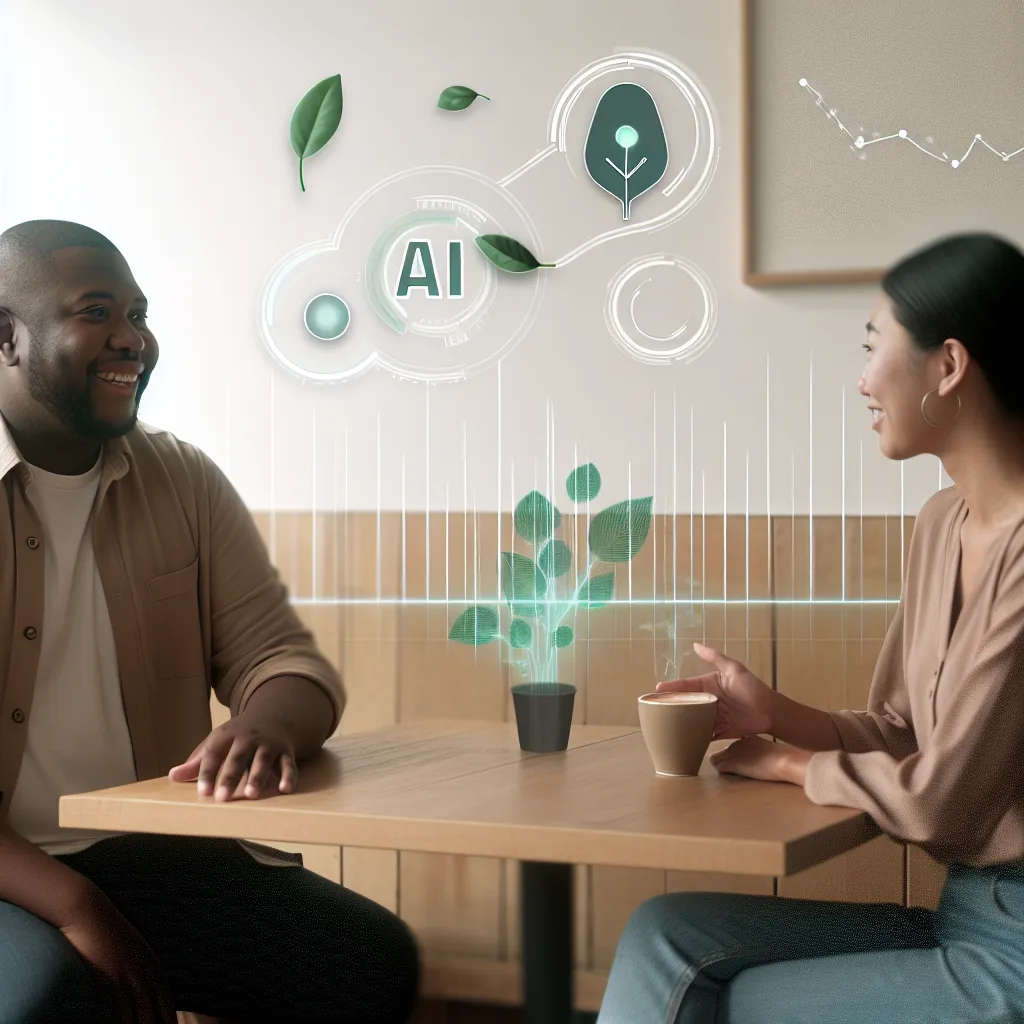Understanding the early economic impact of AI and its potential to improve quality of life
Let’s talk about a topic that’s a bit counterintuitive but pretty interesting: how AI reduce GDP, especially in the early stages of adoption. We usually think technology boosts the economy, right? More innovation, more jobs, higher GDP. But what if, at first, AI actually makes GDP go down? Strange as it sounds, there’s a logical explanation behind that — and it involves how people spend their money and manage their time.
Why AI Reduce GDP at First
When AI tools become widely available, people start spending more intelligently. Instead of buying a bunch of things just because they’re convenient or because it’s the usual routine, people focus on what they really need. This means less unnecessary spending. Plus, AI might let you do things yourself that you’d normally pay others to do, like gardening with the help of AI tips or fixing stuff around the house with AI-guided instructions.
Here’s the catch: GDP measures how much money changes hands in the economy. So if you grow your own vegetables instead of buying them, GDP might dip — even though your quality of life improves. This kind of effect happened before, during the Industrial Revolution and the 1929 Depression, where shifts in how people work and spend money temporarily affected economic output.
More Productivity but Fewer Jobs… At First
There’s also the idea that many jobs will be lost and won’t come back in the same form. Tech companies today might need only a fraction of their current staff once AI takes over routine tasks. This could initially shrink employment in certain sectors and lower GDP as traditional industries adjust.
But don’t worry — history shows us that new industries and companies eventually arise to fill those gaps. People might start working more in creative or emerging fields that don’t exist yet. The economy adapts, and GDP rises again, but in a different shape, reflecting new ways of creating value.
When AI Boosts the Economy Again
Once people start working more hours or more efficiently thanks to AI, we’ll probably see GDP climb. This is because the new jobs and industries will generate fresh spending and investment. The key is the transition period — where intelligent spending and increased self-sufficiency reduce GDP temporarily, but overall well-being goes up.
If this pattern sounds familiar, it’s because it’s happened before with past technological shifts. AI isn’t here just to replace jobs but to change how we live and work, maybe in ways that GDP numbers don’t immediately capture.
What This Means for You and Me
Understanding how AI reduce GDP at first helps us avoid panic about economic doom. Instead, think about it as a phase of adjustment. As AI tools enable us to handle more tasks ourselves, we might spend less money but gain more time and satisfaction. Focus on adapting to new skills, exploring emerging industries, and not just on GDP figures.
If you want to dig deeper, places like the World Economic Forum and OECD offer great insights on how AI impacts the economy over time.
In the end, AI’s path isn’t just about numbers—it’s about how our day-to-day lives might improve even if GDP dips for a while. And that’s a pretty cool perspective on progress.
